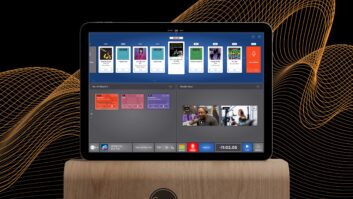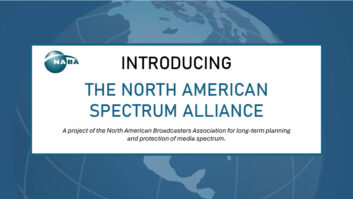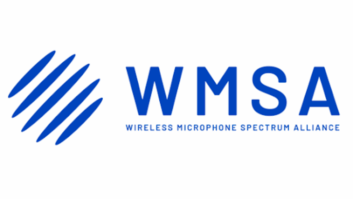IT managers are going to love this.
You�ve all heard of LTE, of course (sometimes known as 4G/LTE.)� Have you heard of LAA?� Yet another acronym to add to your vocabulary.� It stands for License Assisted Access, and it�s a radio-based networking technology that uses the same frequency blocks as do wi-fi networks.� The big carriers would combine the LAA network access with their licensed 4G networks to (in theory) provide a higher-speed connection for smartphones and tablets.
�
�An article about LAA in Gigaom states that ��the same interference detection and channel selection technology built into Wi-Fi access points are built into LAA.� So who is up-in-arms then?� The wi-fi industry, of course.� According to the same article, the wireless LAN industry�s big trade group, the Wi-Fi Alliance, worries that �carriers will have an edge in the unlicensed bands because their networks are centrally managed. �Wi-Fi networks, on the other hand, tend to be a patchwork of access points and routers all operating independently but miraculously managing to cooperate. �Introducing a centrally controlled and scheduled LAA network into that mix could mess up that mojo. �So says the Alliance: there is a risk that LAA, and especially pre-standard systems deployed ahead of coexistence work being done in the industry, will negatively impact billions of�Wi-Fi�users who rely on 5 GHz today for networking and device connectivity. �It is generally agreed in principle that fair sharing is required, but there needs to be further work from all parties to address this risk in practice.�
To me this seems as just one more way for the big carriers to stand between content providers (radio in particular) and our listeners.� Not only will they be in control of the last mile connections that smartphones use over 4G/LTE, but in future they could be effectively interfering with a listener�s access to other networks as well�ones that come in to the home or office via more conventional means.� While service to listeners via the public internet is important, as broadcasters we also need to emphasize of our own unfettered access to listeners: over-the-air radio.� This is our major advantage over the Pandoras and Spotifys of the World.







